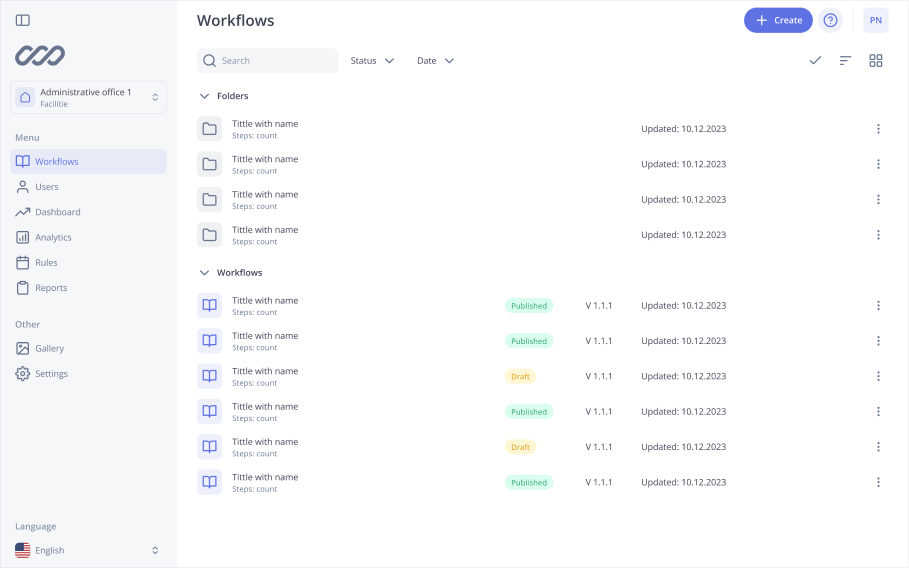External Audit
An external audit, including compliance audits, is a fundamental part of modern business for transparency, compliance, and accountability. It’s done by an external auditor who reviews an organisation’s financial records and operations to verify accuracy and compliance. Internal and external audits serve different purposes and benefits for an organization; internal audits are to improve internal processes, while external audits focus on compliance with regulations and guidelines set by authorities and are done by third party auditors for stakeholders like investors, lenders, and regulatory bodies.
This brief looks at the purpose, process, benefits, challenges, and best practices of external audits and their importance in building trust and integrity.
What is an External Audit?
An external audit is conducted by independent auditors or audit firms not part of the organisation. External auditors conduct financial statement audits to ensure compliance with GAAP requirements using their expertise and a team approach. By providing objective information, external auditors ensure the financial statements show a true and fair view of the organisation’s financial position. The findings of the external audit are documented in the external audit report which gives insight into the organisation’s financial position and compliance with the law.
Internal vs External Audits:
Internal audits are ongoing processes done by internal teams to improve efficiency and control. Internal and external auditors serve different purposes, with internal auditors focusing on improving operations and external auditors providing independent assessments. External audits provide stakeholders with an independent view of compliance and accountability. Both are important with internal audits supporting external audits by “preparing the ground”.
Objectives of External Audit
External audits aim to achieve:
- Accuracy and Integrity:
- Financial statements are free from material misstatements, whether intentional or unintentional.
- Compliance to accounting standards like GAAP or IFRS.
- Compliance Verification:
- Compliance to laws, regulations and contractual obligations.
- Identify areas of non-compliance and recommend remedial actions.
- Risk Identification:
- Identify financial or operational risks that may impact the organization’s performance or reputation.
- Stakeholder Assurance:
- Provide reliable financial reporting to stakeholders.
- Enhanced Governance:
- Provide actionable recommendations to strengthen internal controls and governance structures.
- Internal control is key to protecting organizational assets and ensuring operational efficiency.
External Audit Process
The external audit process involves several audit procedures to ensure a thorough review. The process may also include operational audits to evaluate internal controls, processes, and procedures. It includes:
- Engagement and Planning:
- Agree on the audit scope, objectives and terms of reference with the client.
- Develop an audit plan based on the organisation’s size, industry and risk profile.
- Risk Assessment:
- Identify areas where material misstatements or irregularities may occur.
- Review internal controls to identify weaknesses.
- Fieldwork and Evidence Gathering:
- Collect and review financial data through tests, transaction samples and interviews with management.
- Analyze records for discrepancies or potential red flags.
- Analysis and Evaluation:
- Compare data to accounting standards and laws.
- Investigate anomalies or inconsistencies that may indicate errors or fraud.
- Reporting:
- Document findings in an audit report, opinion is unqualified, qualified, adverse or disclaimer.
- Include recommendations for process and control improvements.
- Follow-Up:
- Management to address recommendations and implement necessary changes to correct weaknesses.
External Audit Opinions
External audit opinions summarize the findings and what to expect from the financial statements:
- Unqualified Opinion: The financial statements are accurate and comply fully with the standards.
- Qualified Opinion: There are specific exceptions but overall the financial statements are reliable.
- Adverse Opinion: There are material misstatements or non-compliance, financial statements are not reliable.
- Disclaimer of Opinion: Issued when auditors cannot express an opinion due to lack of evidence or access.
External Audit Benefits
External audit benefits you and your stakeholders:
- Credibility: Independent verification builds trust with investors, lenders and customers. Internal audit supports external audit by providing assurance around governance, risk management and operational efficiency.
- Regulatory Compliance: Ensures adherence to legal standards, avoiding penalties.
- Risk Management: Identify inefficiencies, fraud and mismanagement, then fix it.
- Informed Decision Making: Provides data for strategic planning and operational improvement.
- Transparency: Enhances openness and accountability.
- Investor Confidence: Accurate financial reports attracts new investors and keeps existing ones.
Challenges
External audit has its challenges:
- Cost: Good auditors are expensive especially for small businesses.
- Time Consuming: It takes time and resources from both the auditor and the organisation.
- Complexity: Compliance to complex regulations and standards can be difficult for big or multinational companies.
- Conflict of Interest: Maintaining independence can be tricky for auditors with long term client relationships.
Best Practices for a Successful External Audit and Internal Controls
To get the most out of external audit, you should:
- Keep Records Organized: Keep financial data up to date throughout the year. A well-functioning internal audit department can help address various risk areas, including strategic, financial, operational, regulatory, and fraud risks.
- Engage Experienced Auditors: Choose auditors with credentials and industry knowledge.
- Be Transparent: Encourage communication between management and auditors.
- Address Recommendations: Act on audit findings to improve processes and controls.
- Use Technology: Utilize modern accounting software and tools to manage data and improve accuracy.
Conclusion
External audit is more than a regulatory requirement — it’s a strategic tool to ensure financial integrity, compliance and stakeholder confidence. By providing an independent review of financial statements and internal controls, external audit builds trust and transparency, so you can grow. There are challenges but the benefits far outweigh the costs, it’s a must for any business that wants to be long term. Follow best practices and you can get the most out of external audit, turn it into opportunities for growth and continuous improvement.
Simplify the way people work and learn at the frontline
See the industry-leading how-to platform in a 30-minute live demo.
Learn more
